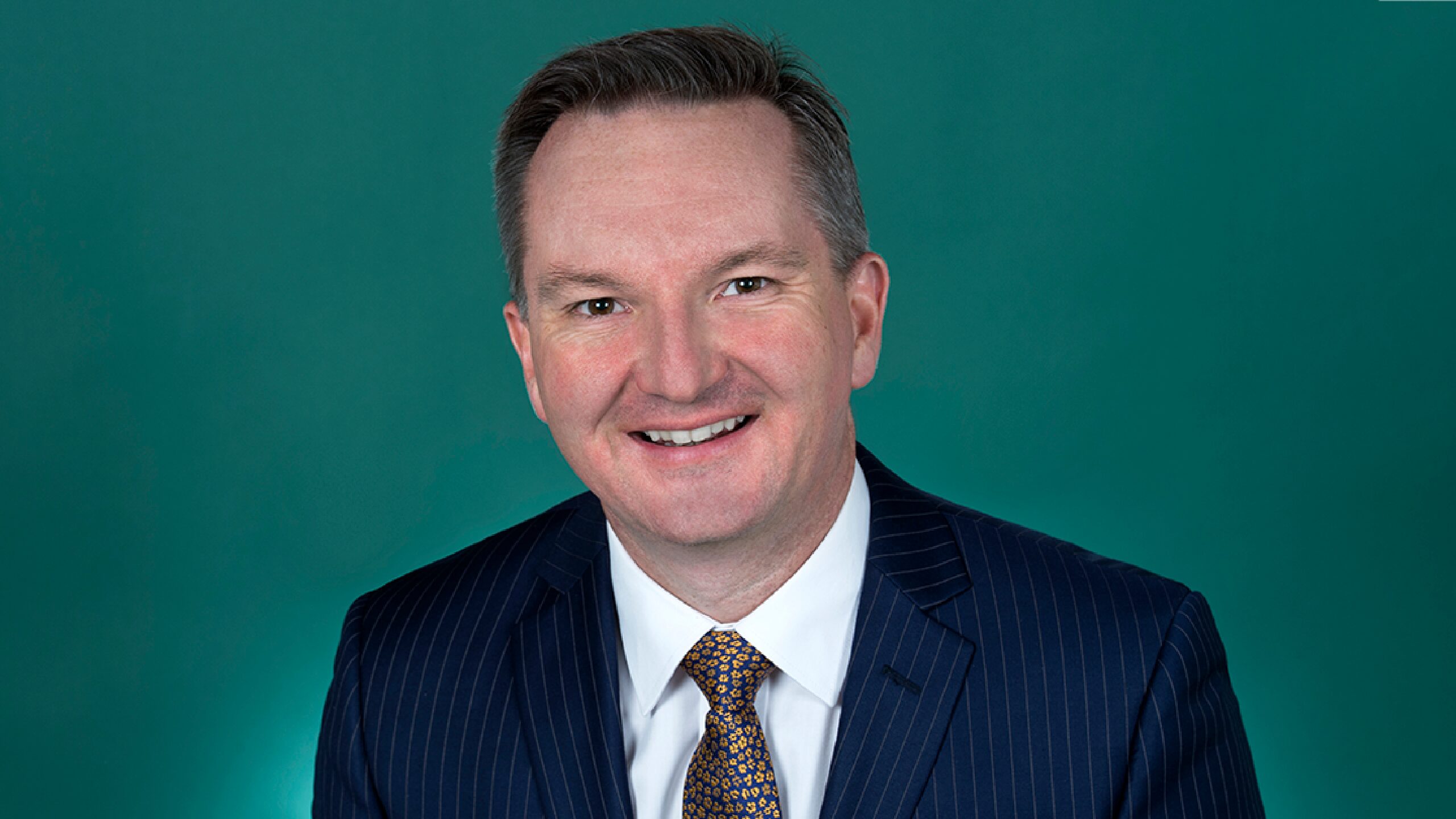Record global debt spawns ruptures in financial markets
The sheer weight of global debt, combined with central banks’ collective need to tame inflation by hiking interest rates, is beginning to reveal ruptures in financial markets.
This has been most recently typified by the Bank of England, which was forced to backstop the guilt (British government-issued bond) market after margin calls at pension funds risked spreading to other markets. Further debt-induced risks linger including China trying to carefully de-leverage its opaque property market, the viability of banks such as Credit Suisse, and households facing higher interest repayments on top of falling asset prices.
According to CrossBorder Capital, global debt currently stands at a record US$350 trillion, or 3.5x global GDP. In 2008 it was less than $200 trillion. Macquarie strategist Viktor Shvets believes that today’s number could possibly be as much as four times higher once accounting for how much is repackaged and lent elsewhere.
Speaking to The Inside Investor, Simplicity author Danielle Ecuyer (pictured) says there will be consequences as central banks attempt to tighten financial conditions given that the world is more interconnected than ever before.
She uses Australian residential mortgages as an example, which are packaged up and sold to investors at home and abroad. Those same banks rely on overseas funding markets to continue lending and are owned by the majority of Australian superannuation funds. If any of the cogs in this machine were to falter, this could permeate through the rest of the system.
The financialisation of economies means investors must be cognisant of risks both here and abroad. Ecuyer notes debt markets have become a refinancing rather than a financing tool. Most debt is simply rolled over rather than new issuances, making liquidity (the ability to buy and sell securities) crucial. If markets dry up – as they did for British guilts and during the March 2020 crash – prices will fall significantly.
“It all goes back to the $350 trillion worth of debt and its tentacles across the world. When rates are going higher, people don’t want to own anything that might fall too much or can’t be refinanced. It’s risk-off and people look for a safe haven,” Ecuyer says.
All aboard Team USA
Notwithstanding the volatile political climate, the universally accepted safe haven for investors is the United States. The US dollar index has strengthened 16 per cent this year while investors have flocked to the US Treasuries now yielding four per cent.
“They are not going to default if I lend them money. If I park my money there, I am going to get it back,” Ecuyer adds.
However, the US still faces headwinds. Rising interest rates will impact asset prices including shares and real assets like property. A strong US dollar means companies with international operations will earn lower profits in addition to feeling the impact of a slowing economy. Consensus analyst forecasts for the S&P/500 are still predicting earnings growth in 2023. This seems unlikely.
Then there are the ongoing geopolitical tensions. Energy and food have been used by certain nations as a means to inflict pain and challenge the US and its allies’ positioning in the global pecking order.
For better or worse, the US remains the gatekeeper of financial markets, accounting for 60 per cent of foreign exchange reserves and 85 per cent of global assets and transactions. Ecuyer raises the point that it wouldn’t be surprising if the US decided to flex its muscle via financial markets, forcing its foes into line. This would only add further fuel to the precarious global debt problem.
Riding the volatility
Ecuyer says the TINA (there is no alternative) trade – which refers to investors moving up the risk curve due to an absence of returns in cash and fixed income – is over.
“Cash is not trash if you’re going to lose 70 per cent of your money and you can get a four per cent yield in the bank” she adds.
High-quality fixed income and companies are on her radar, with orders set ahead of time in case of a liquidity event. This also mitigates against emotions taking over when the market falls suddenly and doubt begins to creep in.
On what to look for, it comes back to the investment basics of strong balance sheets, cash flow generation and dividend growth. Ecuyer says there will be a reflex in growth companies, but investors shouldn’t expect them to return to their highs anytime soon.
“You have to be quite discerning on which companies you are comfortable holding through the cycle, particularly when you’re coming off such a big boom.”









